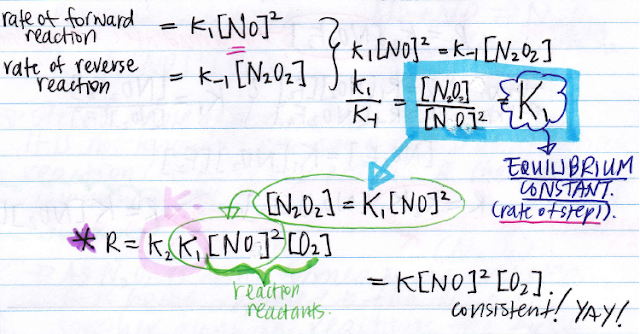Hello! For anyone reading, welcome! I've completed the course, so I won't be posting any more updates. I will, however leave the material for anyone else who finds it and reply to any questions/comments.
Dr. Pietro taught this course, and the lecture recordings are those of him teaching it :)
The purpose of this blog was to provide help and resources for my classmates in the CHEM1001 course. Over the span of approximately 3 months that this blog has been up, it's been visited 4500+ times, excluding my own pageviews. Hopefully, that means my 200+ classmates found this blog helpful :)
I've changed the dates in order to reorder the posts for future chem1001 students.
Note that the corresponding textbook for this course was Pearson - General Chemistry: Principles and Modern Applications (10th edition).
Note that the corresponding textbook for this course was Pearson - General Chemistry: Principles and Modern Applications (10th edition).
-Joy
------Original Post------
Hey everyone! I'm here with my first post! I'm still figuring things out, so if you have any suggestions or comments (either now or later) please contribute with a comment :).
Basically, I'm just here to provide you guys with a ton of help that you may or may not need. I'm going to be putting up lecture recordings and lecture notes/summaries
With regard to the recordings, they're not really intended to replace going to lectures! I personally use them to fill in missing bits in my notes, and to try to get a better understanding of the material (it seems to come through the second time around). Also, since our professor uses the board while explaining things, it might be difficult to follow along unless you've got the visuals written down... Maybe I'll put up my notes as well...ANYWAYS, go to class! You'll find me sitting front and center if ever you want to say hi :P.
I hope many of you will find this blog helpful! Let's ace chemistry~~~ YAYY!!!
-Joy






































